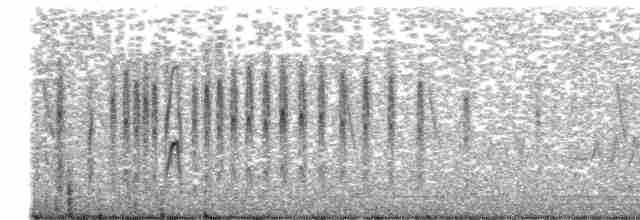Rothschild's Swift Cypseloides rothschildi Scientific name definitions
- LC Least Concern
- Names (24)
- Monotypic
Philip Chantler, Peter F. D. Boesman, and Christopher J. Sharpe
Version: 1.0 — Published March 4, 2020
Text last updated July 13, 2016
Text last updated July 13, 2016
Sign in to see your badges
Species names in all available languages
| Language | Common name |
|---|---|
| Bulgarian | Боливийски бързолет |
| Catalan | falciot de Rotshchild |
| Croatian | tukumanska čiopa |
| Czech | rorýs pastelový |
| Dutch | Bruine gierzwaluw |
| English | Rothschild's Swift |
| English (United States) | Rothschild's Swift |
| Estonian | tucumáni kosepiiritaja |
| Finnish | isonokikiitäjä |
| French | Martinet de Rothschild |
| French (Canada) | Martinet de Rothschild |
| German | Rothschildsegler |
| Japanese | オオアマツバメ |
| Norwegian | saltaseiler |
| Polish | cierniosternik brązowy |
| Russian | Ротшильдов стриж |
| Serbian | Rotšildova čiopa |
| Slovak | sadziar hnedý |
| Spanish | Vencejo Parduzco |
| Spanish (Argentina) | Vencejo Pardo |
| Spanish (Spain) | Vencejo parduzco |
| Swedish | brunseglare |
| Turkish | Rothschild Ebabili |
| Ukrainian | Свіфт аргентинський |
Cypseloides rothschildi Zimmer, 1945
PROTONYM:
Cypseloides rothschildi
Zimmer, 1945. The Auk 62, p.589.
TYPE LOCALITY:
SOURCE:
Avibase, 2024
Definitions
- CYPSELOIDES
- cypseloides
- rothschildi
The Key to Scientific Names
Legend Overview
UPPERCASE: current genus
Uppercase first letter: generic synonym
● and ● See: generic homonyms
lowercase: species and subspecies
●: early names, variants, misspellings
‡: extinct
†: type species
Gr.: ancient Greek
L.: Latin
<: derived from
syn: synonym of
/: separates historical and modern geographic names
ex: based on
TL: type locality
OD: original diagnosis (genus) or original description (species)

- Year-round
- Migration
- Breeding
- Non-Breeding
Distribution of the Rothschild's Swift











































